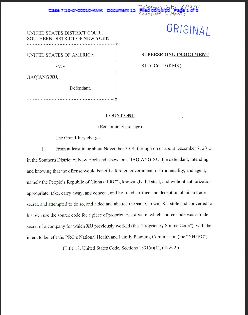 NIST Special Publication 800-183 “Networks of ‘Things'”: In this publication Jeffrey Voas articulates that the differences between Internet of Things (“IoT”) and Network of Things (“NoT”) is subtle and the two are essentially interchangeable. Voas goes on to say that the IoT can be understood and broken down in terms of functionality, within five main themes, termed primitives:
NIST Special Publication 800-183 “Networks of ‘Things'”: In this publication Jeffrey Voas articulates that the differences between Internet of Things (“IoT”) and Network of Things (“NoT”) is subtle and the two are essentially interchangeable. Voas goes on to say that the IoT can be understood and broken down in terms of functionality, within five main themes, termed primitives:
- sensor: a device that measures various physical properties;
- aggregator: transform raw data into aggregated data using mathematical functions;
- communication channel: a medium through which data is transmitted;
- external utility: software or hardware product or service typically with a higher computational or processing element;
- decision trigger: creates final results needed to satisfy the purpose of the NoT
This NIST publication also postulates that in addition to the five primitives there are six basic elements which are critical to understanding and assessing the trustworthiness of IoT devices. The six primitives included in this publication are as follows:
- environment: this essentially defines the “where” that an IoT operates within, and is included in the IoT design given potential environmental considerations;
- cost: from an overall perspective, how much time and resources are required; critical given the fact that cost is major factor in the design and implementation of IoT devices;
- geographic location: the actual region or area in which an IoT is intended to operate within;
- owner: this also includes the operator and denotes who or whom controls or maintains the IoT device;
- Device_ID: this is a hardware ID associated with the IoT device at time of manufacture, similar to a MAC ID for network components;
- Snapshot: mechanisms to impose time stamping to aid the use of distributed systems for computational and distributed events
The full text of the article can be found here.




Leave a Reply